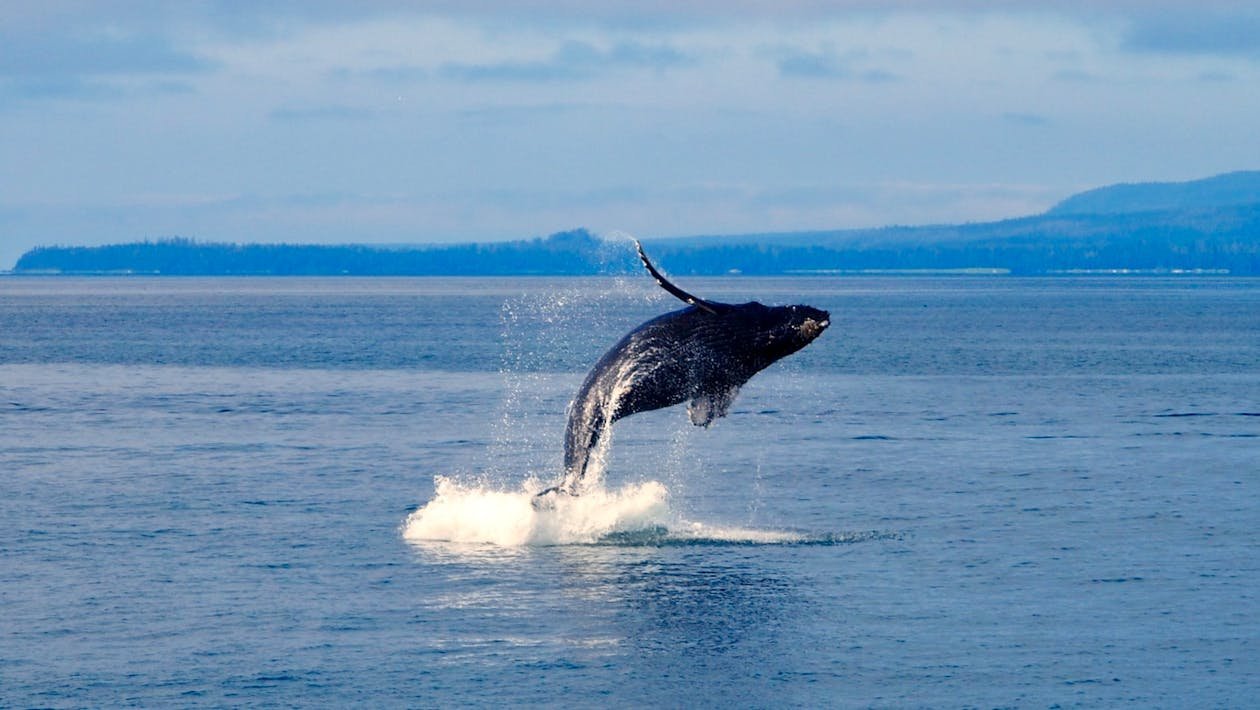Whales, the majestic giants of the ocean, are not only known for their sheer size and intelligence but also for their fascinating and often elaborate mating rituals. From haunting songs to intricate dances, whale mating habits are a testament to the complexity and beauty of nature’s courtship processes. Let’s dive deep into the intriguing world of whale reproduction and courtship behaviors.
1. Seasonal Mating Patterns
Whales, much like many other marine species, follow seasonal mating patterns, often synchronized with their migration routes. Most whale species mate in warmer tropical or subtropical waters during the winter months, after spending the rest of the year feeding in colder, nutrient-rich waters.
For instance, humpback whales undertake one of the longest migrations of any mammal, traveling thousands of miles from their feeding grounds in polar regions to their breeding grounds in tropical or subtropical waters. The timing of these migrations is essential for the survival of their offspring, as the calves are born in warmer waters where they have a better chance of survival.
2. The Role of Songs in Courtship
One of the most well-known aspects of whale mating behavior, especially among humpback whales, is their mesmerizing songs. Male humpbacks are particularly famous for their elaborate, lengthy songs, which can last for up to 20 minutes and be repeated for hours. These songs are believed to serve multiple purposes, including attracting females and signaling dominance over other males.
Each population of humpback whales has its own unique song, which can evolve over time. Scientists believe that these songs are a way for males to advertise their fitness to potential mates, as only the healthiest and strongest whales can produce such complex and sustained vocalizations.
3. Displays of Strength and Agility
Apart from vocalizations, physical displays are another vital component of whale courtship. Many species, including humpback and gray whales, engage in dramatic breaching, tail-slapping, and pectoral fin slapping as part of their mating rituals. These displays are not just random acts of exuberance but serve as signals of strength and vitality to potential mates.
Male whales may also engage in competitive displays, where several males vie for the attention of a single female. In some species, males will fight or chase each other, demonstrating their stamina and fitness to win the right to mate. These contests can be intense, with males ramming or slapping each other with their tails in a bid to outcompete their rivals.
4. The Complexity of Mating Groups
In some whale species, such as humpbacks, courtship often involves multiple males pursuing a single female in what is known as a “mating group” or “heat run.” In these scenarios, males may team up temporarily to chase and corral the female, each trying to secure the opportunity to mate.
Interestingly, the female whales play an active role in selecting their mates. By leading males on long chases or displaying evasive behavior, females can assess the stamina, strength, and persistence of potential partners. This ensures that only the most fit males are able to successfully mate, thereby enhancing the survival chances of their offspring.
5. Mystery of Sperm Whale Mating Habits
While much is known about the courtship behaviors of species like humpbacks, the mating habits of other whales, such as sperm whales, remain more of a mystery. Sperm whales are known to form complex social structures, with females and their calves staying together in tight-knit matrilineal groups, while males tend to lead more solitary lives or form bachelor pods.
Sperm whale mating likely involves similar competitive behavior between males, though their deep-diving habits and preference for remote, open ocean habitats make them difficult to study in the wild. The deep, resonating clicks produced by sperm whales are believed to play a role in communication and possibly in mating, though much remains to be discovered about their courtship rituals.
6. Monogamy vs. Polygamy
Whale species display a variety of mating systems. Some species, like gray whales, are believed to practice polygamy, where both males and females mate with multiple partners over a single breeding season. This increases the genetic diversity of the species and improves the likelihood of successful reproduction.
Other species, like certain populations of killer whales (orcas), have more complex social structures that could suggest more stable, long-term pairings. However, more research is needed to fully understand the mating systems of these intelligent predators.
7. The Challenge of Raising Offspring
Once mating is successful, the female whale embarks on a long gestation period, which can last anywhere from 10 to 18 months, depending on the species. Whale calves are born live in the warm breeding grounds, and their survival is dependent on the mother’s ability to nurse and protect them during the early stages of life.
Calves, especially in species like blue and humpback whales, rely on their mothers for milk, which is extremely rich in fat and calories to help them grow rapidly. Female whales are often highly protective of their young, and some species will travel in pods to help ensure the safety of their offspring.
Conclusion
The mating habits of whales are as vast and intricate as the oceans they inhabit. From haunting songs and acrobatic displays to fierce competition and complex social structures, whale courtship reflects both the beauty and the challenge of life in the wild. These ocean giants continue to captivate researchers and nature enthusiasts alike, reminding us of the wonders that lie beneath the waves.

